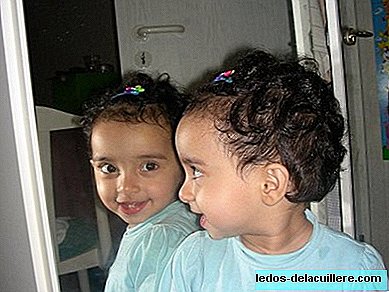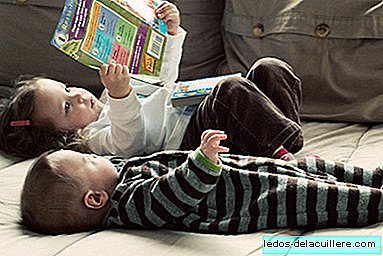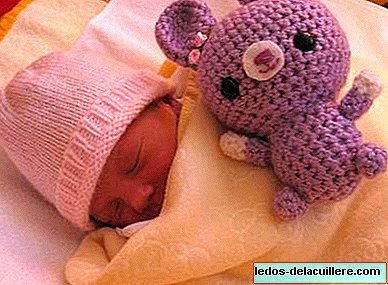
When you talk about dyslalia treatment it is necessary to take into account a multidimensional approach, since it does not appear generally isolated; It is part of a group of symptoms with multiple and varied causes, as a result of which the difficulty appears.
It is necessary to focus the treatment in a broader sense, orienting it to all those aspects that affect speech, making it possible for the child to more easily correct the speech defects that it presents. Therefore, it is necessary to achieve neurological and psychic maturation.
If the disorder is very serious, it has consequences on the psychological characteristics and reactions of the child, and can generate personality problems and adaptation; likewise, these problems can give rise to speech and language disorders.
The earlier treatment is started, the prognosis will be much better. But it is vital do not confuse functional dyslalia with evolutionary dyslalia. If the defective joint persists after four years of life, it can already be considered as pathological and adequate treatment will have to be started.
If not properly addressed, the defect will persist over time, the organs responsible for speech (such as mouth, tongue ...) lose plasticity and agility and their correction will be more expensive. In addition, not treating the incorrect pronunciation means hindering the psychic development of the child, generating problems both at social and school level.
The treatment of dyslalia requires, as a primary part, the parental collaboration, to which it will be necessary to help to understand how they can contribute positively to the child.
Before starting a treatment, it is necessary to see what aspects or functions have not acquired the proper development. Thus, the treatment is always individualized.
We can find two different treatment modalities:
- Indirect treatment: the exercises are intended to improve the functions that affect the expression of oral language. This treatment is responsible for aspects as varied as breathing, psychomotor skills, perception and auditory discrimination, agility of speech organs (mouth, tongue, palate ...). Not all of these functions are usually affected with equal intensity. A prior maturation base is necessary before starting direct treatment.
- Direct treatment: The exercises aim to achieve a perfect articulation and its automation or integration into spontaneous language. The articulation exercises are individual and are done in front of the mirror, which will show the positions and movements characteristic of the organs of the joint, necessary for each phoneme. In this way the child can observe and imitate them. It is important that, since the child with dyslalia has strongly recorded the relationship between the thing and the word that sounds right, you should not correct the poorly articulated phoneme, but teach a new one so that when it succeeds, replace the wrong one. Otherwise, the child focuses only on correcting the poorly established joint, thinking about the new positions, thus creating useless tension in the speech organs. You must create correct new sounds that replace the old wrong ones.
Both treatments will follow a parallel development, always starting with the indirect one to facilitate a later work with a certain articulation; Once this is started, the treatment directed to the functions that are related to the articulation of the phonemes will continue.












